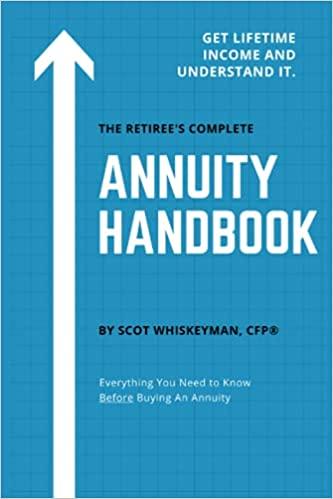Answered step by step
Verified Expert Solution
Question
1 Approved Answer
This section consists of multiple-choice questions. Read the below case study and indicate which of the answer options provided is the correct answer. The capital
This section consists of multiple-choice questions. Read the below case study and indicate which of the answer options provided is the correct answer.
- The capital budgeting decision depends in part on the
- Availability of funds.
- Relationships among proposed projects.
- Risk associated with a particular project.
- All of these
- Which of the following is not a typical cash flow related to equipment purchase and replacement decisions?
- Increased operating costs
- Overhaul of equipment
- Salvage value of equipment when project is complete
- Depreciation expense
- An asset costs R210,000 with a R30,000 salvage value at the end of its ten-year life. If annual cash inflows are R30,000, the cash payback period is
- 8 years.
- 7 years.
- 6 years.
- 5 years.
- The following information has been provided to you:
ABC Limited would like to invest in a project with the following annual cash inflows:
| Year | Net Annual Cash Flow |
| 1 | R 3,000 |
| 2 | R 8,000 |
| 3 | R 15,000 |
| 4 | R 9,000 |
The initial investment is R15 000
The costs of capital is 10%
Calculate the NPV for the project
- R15000
- R11755.68
- R26755.68
- None of the above
- If a company's required rate of return is 10% and, in using the net present value method, a project's net present value is zero, this indicates that the
- Project's rate of return exceeds 10%.
- Project's rate of return is less than the minimum rate required.
- Project earns a rate of return of 10%.
- Project earns a rate of return of 0%.
- When a capital budgeting project generates a positive net present value, this means that the project earns a return higher than the
- Internal rate of return.
- Annual rate of return.
- Required rate of return.
- Present value index
- The present value index is computed by dividing the
- Total cash flows by the initial investment.
- Present value of cash flows by the initial investment.
- Initial investment by the total cash flows.
- Initial investment by the present value of cash flows.
- Which of the following cost will be included in the purchase price of a new asset
- Vat
- Installation costs
- Transport costs to bring the asset to the location of use
- All of the above
- In cashflow estimation, the depreciation is considered as
- Cash charge
- Noncash charge
- Cash flow discounts
- Net salvage discount
- The cashflows that could be generated from an owned asset by the company but not used in project are classified as
- Occurred cost
- Mean cost
- Opportunity cost
- Weighted cost
Step by Step Solution
There are 3 Steps involved in it
Step: 1

Get Instant Access to Expert-Tailored Solutions
See step-by-step solutions with expert insights and AI powered tools for academic success
Step: 2

Step: 3

Ace Your Homework with AI
Get the answers you need in no time with our AI-driven, step-by-step assistance
Get Started


